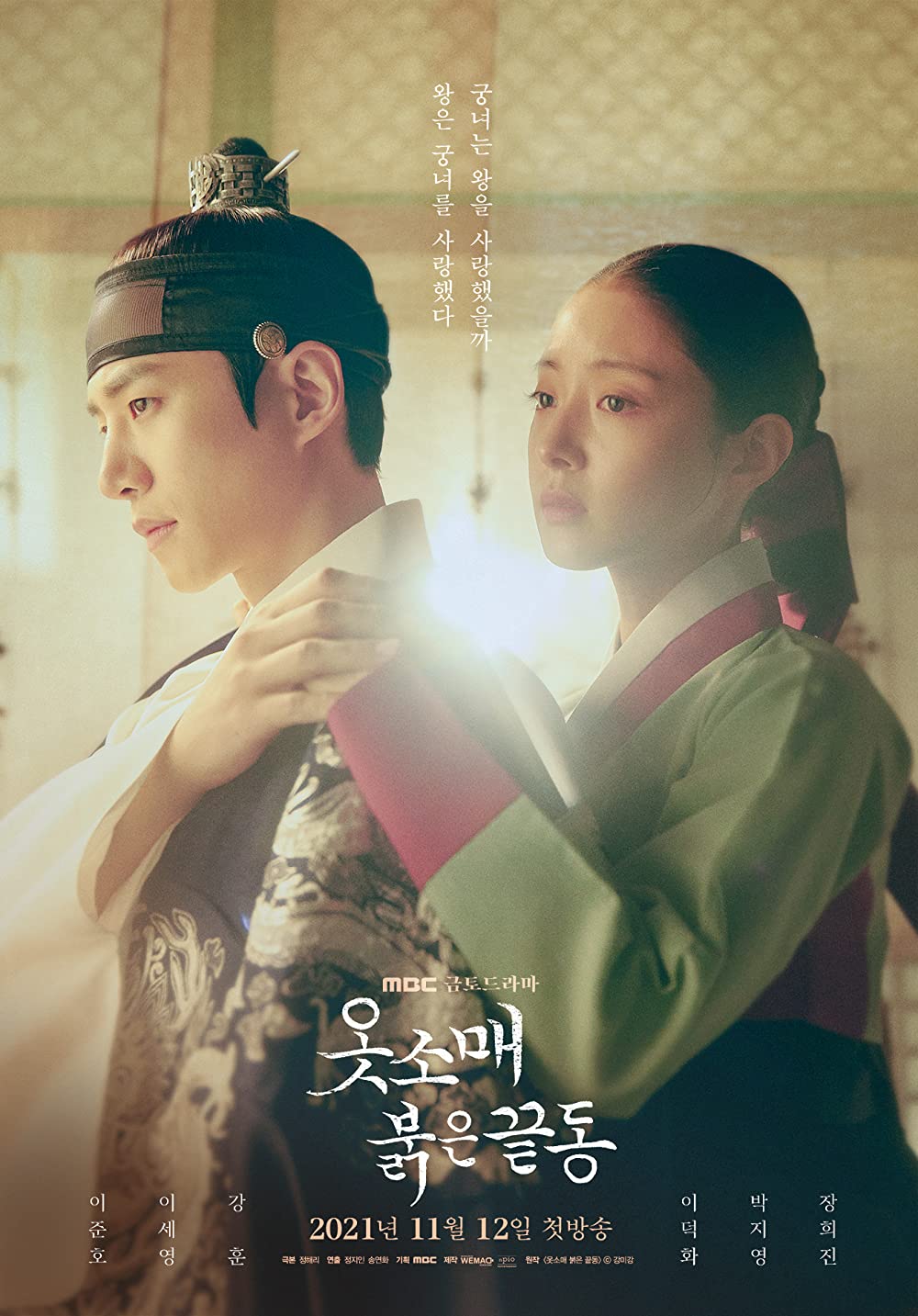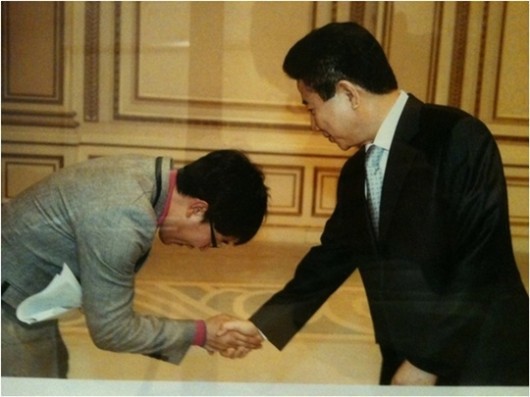If you’re learning Korean, one of the first things you need to understand is sentence structure. Unlike English, which follows a Subject-Verb-Object (SVO) structure, Korean sentences typically follow a Subject-Object-Verb (SOV) order. Learning the correct sentence structure is essential to speaking and writing Korean effectively.
In this post, we will walk you through the basic structure of Korean sentences and how to build your own sentences step by step
1. The Basic Structure of a Korean Sentence
Korean sentences generally follow the Subject-Object-Verb (SOV) pattern. This means that the subject comes first, followed by the object, and the verb comes at the end of the sentence.
Example:
- English: “I eat an apple.”
- Korean: “나는 사과를 먹어요.” (Na-neun sagwareul meogeoyo.)
- 나는 (na-neun) = I (subject)
- 사과를 (sagwareul) = apple (object)
- 먹어요 (meogeoyo) = eat (verb)
2. Using Particles in Korean
Korean uses particles to indicate the grammatical function of words in a sentence. These particles are added to the words (usually nouns) to show the subject, object, or other functions. Here are some common particles:
- 이/가 (i/ga) – Subject particles.
- Example: “나는 학생이에요.” (I am a student.)
- 나는 (na-neun) = I (subject)
- 을/를 (eul/reul) – Object particles.
- Example: “사과를 먹어요.” (I eat an apple.)
- 사과를 (sagwareul) = apple (object)
- 에 (e) – Location/time particle.
- Example: “학교에 가요.” (I go to school.)
- 학교에 (hakgyo-e) = to school (location)
3. How to Add Adjectives
Korean adjectives often come before the noun they describe. In sentences, adjectives are used to provide more details about the subject or object.
Example:
- English: “The red apple.”
- Korean: “빨간 사과.” (Ppalgan sagwa.)
- 빨간 (ppalgan) = red (adjective)
- 사과 (sagwa) = apple (noun)
4. Question Sentences in Korean
To form a question in Korean, you can add the “요” (yo) ending in polite speech or the question marker “?”.
Example:
- English: “Do you like Korean food?”
- Korean: “한국 음식을 좋아해요?” (Hanguk eumsigeul joahaeyo?)
- 한국 음식을 (Hanguk eumsigeul) = Korean food (object)
- 좋아해요 (joahaeyo) = like (verb)
- 요 (yo) = polite question marker.
5. Building Your Own Korean Sentences
Now that you understand the basic structure, let’s try building your own sentences! Start with simple ones:
Example:
- English: “I am a teacher.”
- Korean: “나는 선생님이에요.” (Na-neun seonsaengnim-ieyo.)
- 나는 (na-neun) = I (subject)
- 선생님 (seonsaengnim) = teacher (noun)
- 이에요 (-ieyo) = am (verb)
As you practice, try adding more details and complex sentences!
6. Practice Makes Perfect
The more you practice sentence structures, the more natural it will become. Don’t be afraid to make mistakes – learning a new language is a process, and consistency is key.
Conclusion
Understanding sentence structure is essential to mastering any language. In Korean, the Subject-Object-Verb pattern and the use of particles make the language unique. By practicing these basic rules and building your sentences step by step, you’ll be able to create complex Korean sentences in no time.
Keep practicing, and soon you’ll be able to construct clear and natural Korean sentences!




